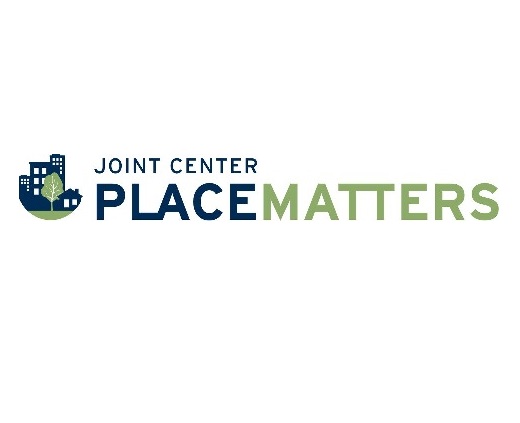
#PLACEMATTERS: RWJF NewPublicHealth Interview with Brian Smedley
PLACE MATTERS is a national initiative of the Joint Center, designed to build the capacity of local leaders around the country to identify and improve social, economic, and environmental conditions that shape health. Interviews with six of the PLACE MATTERS teams and the Joint Center’s Director of the Health Policy Institute, Dr. Brian Smedley, will be featured throughout next week in the Robert Wood Johnson Foundation‘s NewPublicHealth blog. Follow along as we post excerpts throughout the week on why #PlaceMatters is key to eliminating health disparities.
NPH: What are some initial steps that a community has to take when making changes in order to impact health?
Brian Smedley: Several things we believe are important, and these are principles that we employ in our Place Matters work. One is first and foremost to start with the very communities that are most affected by economic and political marginalization and that have suffered from disinvestment for years. These are often communities that have the leadership and sources of strength and resiliency to begin to tackle these problems. We believe that engaging with communities; identifying their key concerns; identifying the sources of strength and resiliency in the community; and finding out from the community what their vision is for a healthy and vibrant community are all important first steps for anyone engaged in this kind of work.
We also believe that there’s an important role for research to document the inequitable distribution of health risks and resources, and to show how that often correlates with patterns of residential segregation. We have worked with our Place Matters teams to produce what we call community health equity reports, where we document such issues as where people can buy healthy food; how close polluting industries are to neighborhoods and residential areas; sources of jobs; and neighborhoods that have high levels of poverty concentration.
We often use maps to show the distribution of health risks and resources, but we go a step further to show their relationship to patterns of residential segregation. For example, we did a report in Baltimore where we looked at the distribution of people of color and neighborhoods that had suffered from high levels of poverty concentration for generations. We produced those maps, but then also found an old redlining map from the Federal Housing Authority from 1937 which shows areas marked in red signaling communities that could not receive, for example, home mortgage insurance or other kinds of federal programs because they were considered too risky to for those kinds of investments. Well, it just so happens that those neighborhoods that were redlined in 1937 are the very communities that, to this day, remain neighborhoods with high levels of poverty concentration and are often highly segregated.
So these patterns are not accidental. They reflect our historic patterns of discrimination as well as contemporary problems of ensuring that families have true housing choice in terms of where they seek to live. Another step that we take in this research is that we also map health outcomes such as life expectancy which we map on the basis of Census tracks or zip codes. We find that in many of the Place Matters communities there’s as much as a 25- or 30-year difference in life expectancy across different Census tracks or zip codes. And again, this often correlates with patterns of residential segregation with the communities that suffer from the highest levels of poverty concentration the most segregated, often having the lowest life expectancy—in some cases as low as 60 years—and the communities that are most advantaged in terms of wealth and income and have the lowest concentration of people of color, often have the highest health status, as much as 90 years. That’s a 30-year difference in life expectancy.
Please visit NewPublicHealth to read the complete interview.
Morgan McLeod is the Program Assistant and New Media Strategist at the Joint Center

